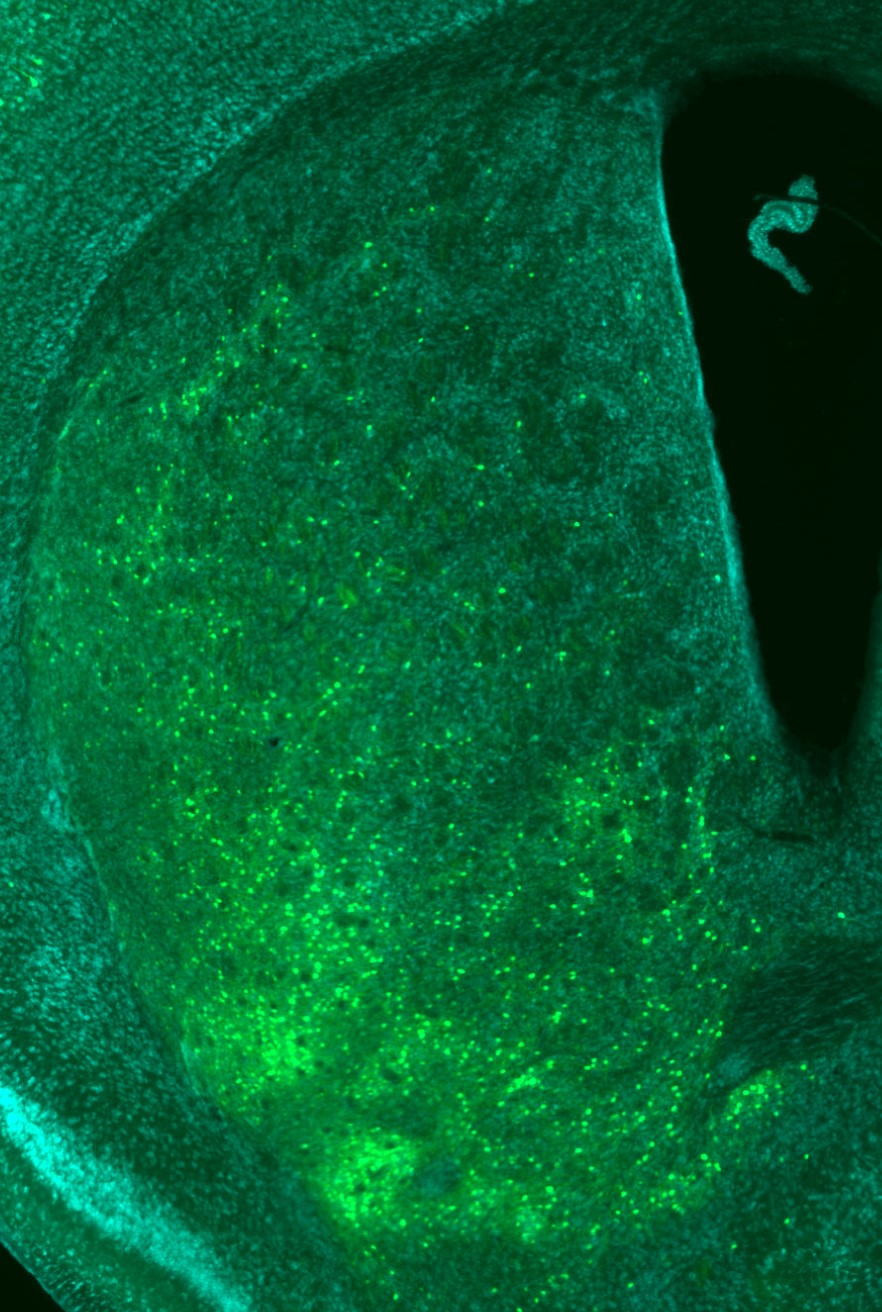Dopamine is not monolithic. Distinct, heterogeneous dopamine subcircuits participate in learning and calibrating motivation differently. The Lerner Lab dissects these subcircuits, probes their computational roles in learning, decision-making, and habit formation, and assesses how the interactions of these largely parallel subcircuits allow transitions in behavioral control (e.g. towards habit). We are interested in the basics of how dopamine supports learning, as well as how aberrant dopamine-dependent learning is related to psychiatric disorders like depression and addiction.


